Chatbots in Banking: Transforming Financial Services and Customer Support
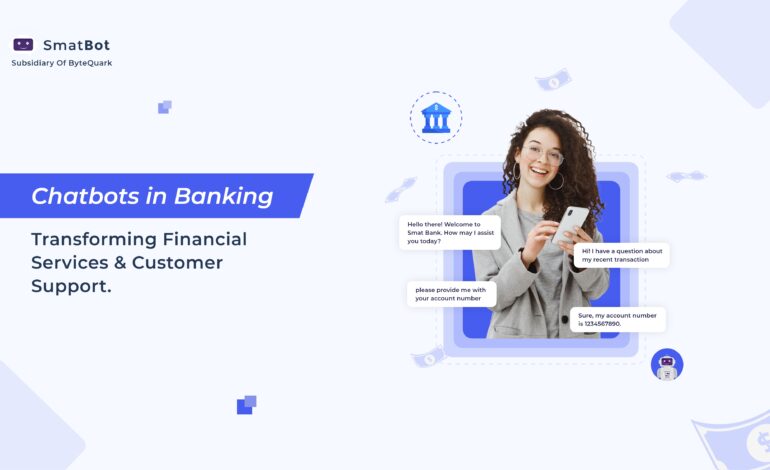
Banking chatbots are virtual assistants that employ NLP and AI to provide financial services and customer support through the chat interface. They are revolutionizing how banks interact with their clients in more convenient and seamless ways.
From improving customer support to providing personalized financial services, banking chatbots are driving automation in the financial industry with enormous success. They are improving the experience of customers across all digital channels.
In this post, we will look at the capabilities of banking chatbots and their transformative impact on the banking industry. With that, we’ll also shed light on the possible challenges of implementing banking chatbots and finally share some examples of successful banking chatbot implementations.
So without further ado, let us dive into the world of banking chatbots.
Let’s start with a quick overview of banking chatbots.
Banking Chatbots
Banking chatbots are conversational chatbots that banks and financial institutions use to improve the customer experience across all platforms.
Banking chatbots assist in improving customer engagement and ease several traditional banking processes, like account inquiries. These chatbots make banking more accessible in this fast-paced and busy era.
There are four types of banking chatbots. Each type of chatbot has its own capabilities to help businesses streamline the process and improve efficiency:
We have discussed these chatbot types in detail below:
Rule-based chatbots
Rule-based chatbots, also known as scripted chatbots, are the earliest type of chatbot. These chatbots were developed based on predefined rules or scripts. These types of chatbots utilize predefined rules to generate replies to users’ input.
This type of chatbot is effective in handling regular customer queries, like balance inquiries. They help reduce the load on customer service representatives.
Task-oriented chatbots
Task-oriented chatbots are single-purpose programs that aim to perform one single function, like fund transfers or bill payments. Using NLP, rules, and ML, these chatbots generate automated conversational responses to customer queries.
By automating routine tasks, these chatbots can assist banks and other financial institutions in reducing operation costs and improving efficiency.
Self-learning chatbots
To converse, self-learning chatbots rely on machine learning and artificial intelligence. It employs a machine learning algorithm to continuously improve its performance over time.
This means that chatbots can learn from user interactions and improve their responses accordingly. These chatbots are practical for carrying out communication and performing tasks.
Through continuous learning and improvement, they can provide more advanced services, like fraud detection and planning advice.
Conversational chatbots
The conversational chatbot excels at answering frequently asked questions, troubleshooting, and performing minor tasks. These chatbots can provide a human-like interaction with customers.
They are helpful for complex inquiries because they can provide detailed information in a friendly manner.
How can banking chatbots assist you on a daily basis?
Banking chatbots can help you in several ways, including reducing operational costs, improving efficiency, etc.
Below, we have highlighted other ways in which banking chatbots can help you:
Provide personalized services
Banking chatbots enable financial institutions and banks to provide personalized customer advice and recommendations.
They can also track users’ preferences, allowing banks to understand customers’ needs while offering tailored services to improve customer satisfaction.
Chatbots can be trained to be financial advisors, analyzing financial history and preferences to provide the best financial advice.
Improve internal processes and communication
Chatbots can also improve internal processes and communication. They can streamline internal workflow, improve efficiency, and reduce errors. Below are the other top ways in which banking chatbots can improve internal processes and communication:
- Instant and interactive support
- Automated onboarding and training
- Employee engagement and feedback
- Knowledge management and information
- Multilingual and cross-cultural communication
Banking chatbots can also serve as platforms for information sharing and team communication.
Gather insight
Every chatbot, including the banking chatbot, has the ability to gather customer insight through interaction.
They can analyze their queries and behaviors to know the pain points and areas for improvement. Moreover, they can offer valuable feedback to bank managers to help them fine-tune their offerings and beat the competition.
Improve customer service
Customer support is the heart of every financial industry; however, today’s unempathetic financial services fail to properly understand client demands and effectively answer their questions.
To address this issue, the integration of banking chatbots has emerged as a powerful solution. These automated chatbot systems provide numerous customer banking benefits, such as streamlined appointment scheduling and efficient resolution of customer queries.
Moreover, banking chatbots can offer reliable advice, transfer funds, manage finances, and respond to customers’ queries in real-time, making customer service more efficient.
Challenges of implementing chatbots
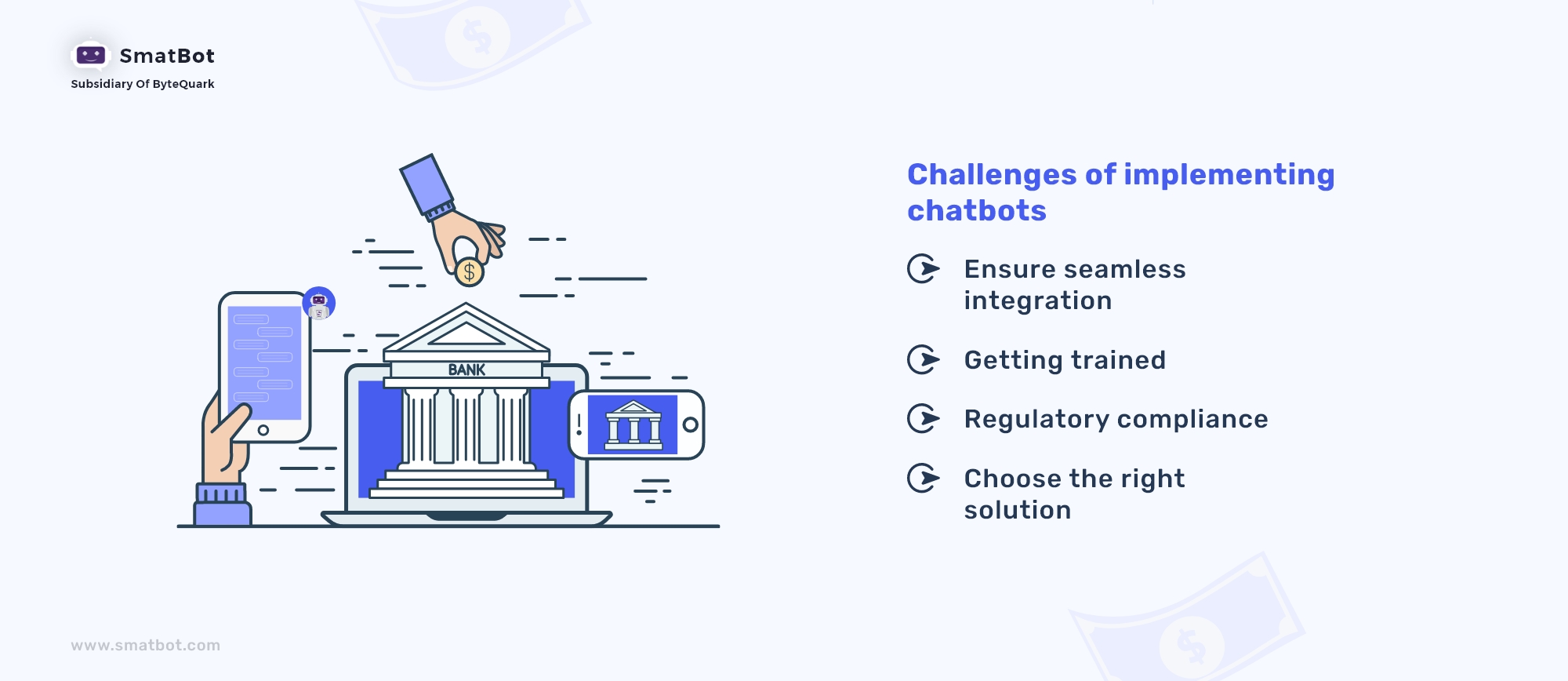
Indeed, banking chatbots offer exciting benefits for the banking and financial industries. However, there are several challenges you might face while implementing these chatbots.
Below are the top challenges to implementing chatbots:
Ensure seamless integration with the existing solution
Integrating chatbots with existing solutions is a complicated task. It needs careful planning to ensure seamless integration without disrupting existing workflows.
To integrate the chatbot with an existing solution, follow these five steps:
- Determine the customer service needs that can be addressed by the chatbot, such as account setup, FAQs, and more. It is crucial to find chatbots that align with your customers’ support requirements.
- Choose a platform based on factors like scalability, pricing, and other relevant considerations.
- Configure the chatbot’s flow, which involves setting up customer service triggers, creating customer-facing materials like FAQs, and other related tasks.
- Design and integrate the chatbot into your existing solution.
- Gather client feedback and make necessary improvements to enhance the chatbot’s performance.
Training
Training a chatbot is like teaching a toddler how to interact. It requires patience, time, dedication, and more.
Banking chatbots must be capable of comprehending complex services, products, and industry jargon. However, it also necessitates responding to customer inquiries about them.
You can also train your chatbot with the following tips:
- Analyze the history
- Define the intent of users
- Decide your requirements with the chatbot
- Generate alternatives to user queries
- Ensure keywords match the intent
- Give a personality to your chatbot
- Add media
- Revise and improve
Regulatory compliance
The financial and banking sectors face ever-increasing stringency in rules and regulations on a daily basis. As a result, significant investments are made in developing processes to ensure compliance.
Complying with intricate data privacy and security regulations poses a significant challenge for financial institutions.
Acquiring an ISO 27001 certificate can serve as evidence of compliance with these regulations, but it demands substantial investments in terms of time and resources.
This certificate plays a crucial role in fulfilling regulatory compliance obligations. However, financial institutions must also ensure that their chatbot systems meet these requirements.
Choose the right solution
With so many banking chatbots, choosing the right solution that meets your needs has become complicated.
The following are things that you must consider to find the best banking chatbots:
- Chatbots can perform multiple tasks
- Omnichannel integration
- Speech recognition and NLP
- Conversation intelligence, along with memory
- Lead conversion and validation
- Industry knowledge
- Ongoing support
- Seamless bot-to-human transfer
To make the selection effective, check their use cases and ask for references. If the provider has a live chatbot, check that too. However, a conversational chatbot provider like SmatBot might be best for the financial industry.
Successful implementation of banking chatbots
Despite challenges, chatbots have been successfully implemented in several popular banks across the globe. Below are the top banks in which banking chatbots have been successfully employed:
IslandBanki
IslandBanki, one of the most popular banks in Iceland, offers complete services like retail banking, corporate banking, and more.
The bank has introduced a virtual assistant to help customers self-serve and create a more dynamic customer experience. The chatbot has the potential to scale automation across all channels.
The chatbot has automated 50 percent of all online chats in just six months. 97 percent of all queries on this chatbot have been resolved. Moreover, the chatbot has received almost 90 percent positive feedback.
DNB
DNB Bank, a leading bank in Norway, has 22,000 corporate customers and 3.3 million personal customers. Recently, DNB automated half of its chat traffic with the help of a banking chatbot.
Hii all I would like to share my personal favourity book that is
DNB has been using virtual assistants as a first line of customer support, helping it handle massive customer requests on its website.
Within six months, the DNB’s chatbot was automating over 50 percent of overall chat traffic. Now, it automates almost 20 percent of overall customer service requests. Up until now, the bot has interacted with more than 1 million customers.
In 2022, the chatbot achieved significant milestones with over 1200 daily users, 8,000 monthly conversions, and more than 2 million inquiries.
Nordea
Nordea, the leading Nordic bank, has also implemented a virtual agent to enhance customer satisfaction and inquiry resolution rates. The chatbot can handle most customer-facing queries without the intervention of humans.
Nova, the chatbot of Nordea, has an average of 220,000 monthly conversations or chats across the Nordic region, purely for private banking customers. The chatbot has also attained several achievements:
- More than 90 percent in-scope resolution rates across all customers facing virtual agents
- 12 language agnostic virtual-agent across four markets.
- Nova outperformed previous in-house and external chatbot solutions.
New chatbot trends
Chatbots are transformed into more advanced and efficient avatars through improved NLP and machine-learning capabilities. Below are the top features that you can expect in a few months:
Large-language model
A large language model, also known as an LLM, is a type of AI system trained on a large amount of text data. They can understand natural language and generate human-like responses to inputs.
These models utilize advanced ML algorithms to understand and analyze the nuances, like syntax, semantics, and more, of human language. ChatGPT is a live example of the large language model.
LLM has been trained with significant data and uses self-supervised learning to predict the next token in a sentence. Once LLM has been completely trained, they can perform the following tasks:
- Building conversational chatbots
- Generating text for essays, product descriptions, etc
- Answering FAQs and directing customer inquiries to the most qualified human agents
- Analyzing customer feedback from social media posts, emails, and more
- Classifying and analyzing a large amount of text
- Translating content into other languages.
Voice-enabled chatbots
Voice-enabled chatbots are digital or AI-powered assistants that hear, perceive, and respond to human voices.
These conversational interfaces understand the human voice with NLP and NLU and are trained to respond in natural languages. Amazon Alexa and Siri are examples of voice-enabled chatbots. There are two types of voice-enabled chatbots:
- Voice assistant with chat support model: these chatbots are almost text-based chatbots with a layer of voice on them. The input for these chatbots can be voice or text.
- Voice-controlled bots: These types of voice-enabled chatbots are advanced voice-assistant bots. They can carry out a vast range of tasks, from setting up an alarm to turning your home into a smart home. Alexa is the primary example of this type of chatbot
Conclusion
Banking chatbots are transforming the financial industry by providing 24/7 support, personalized services, and more. They can handle routine tasks, provide financial advice, and answer FAQs. Soon, banking chatbots will become a crucial part of the financial sector. They will help customers interact with banks in no time and help banks improve their services. We hope this article has cleared up all your doubts and queries about banking chatbots.
Grammarly


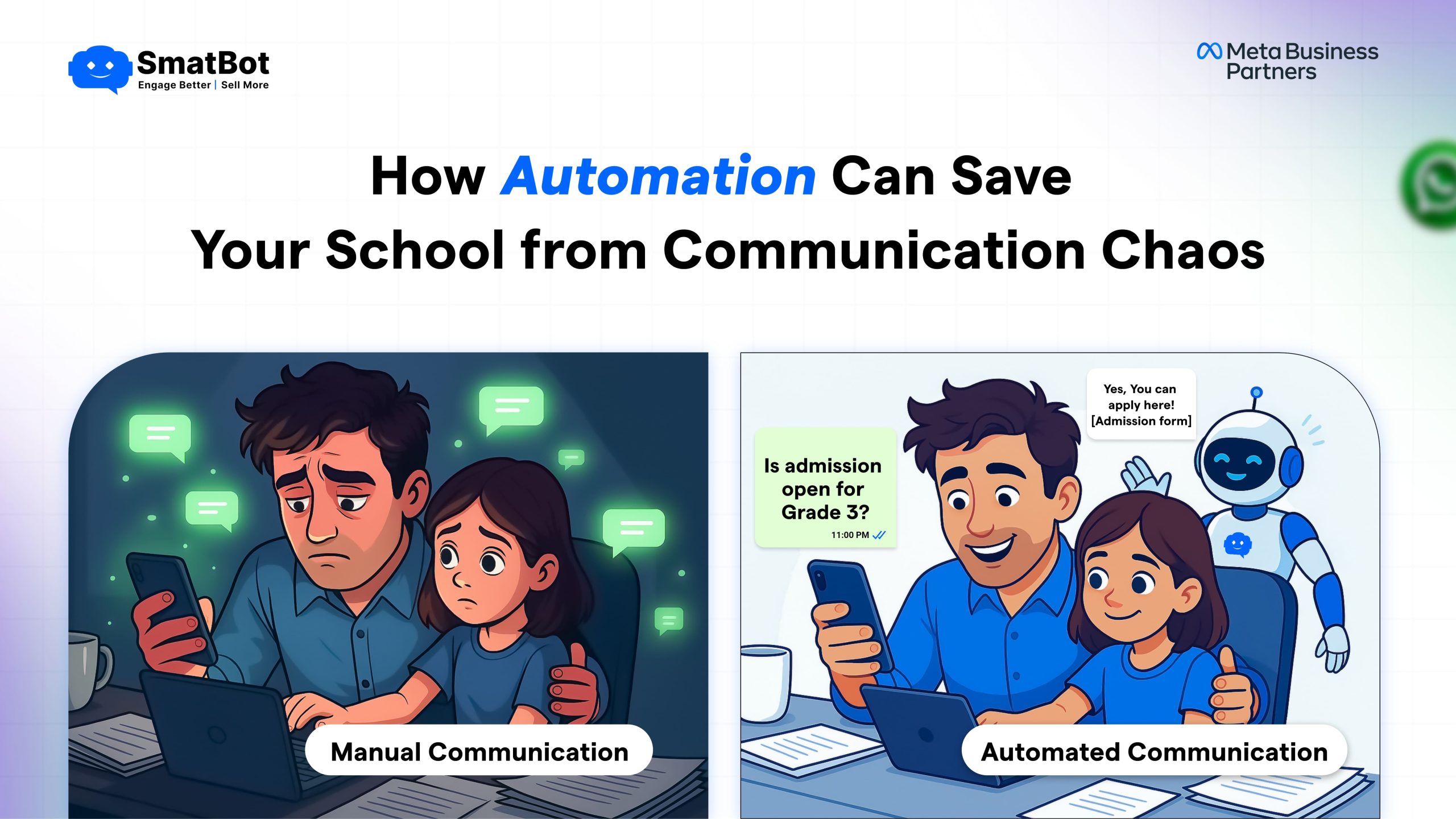
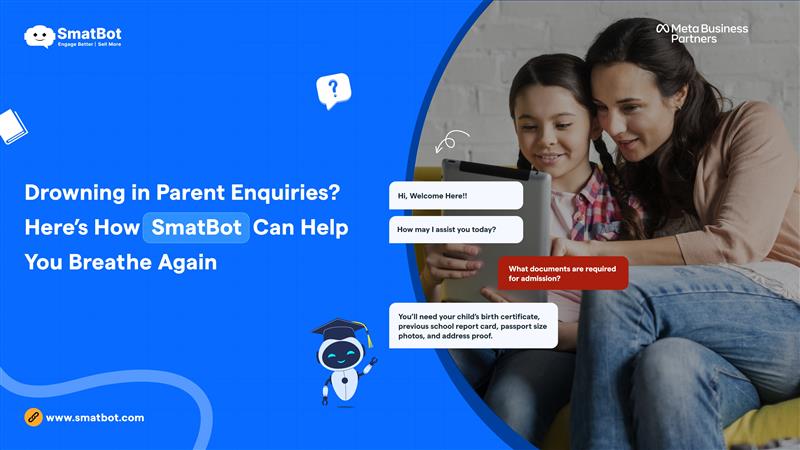
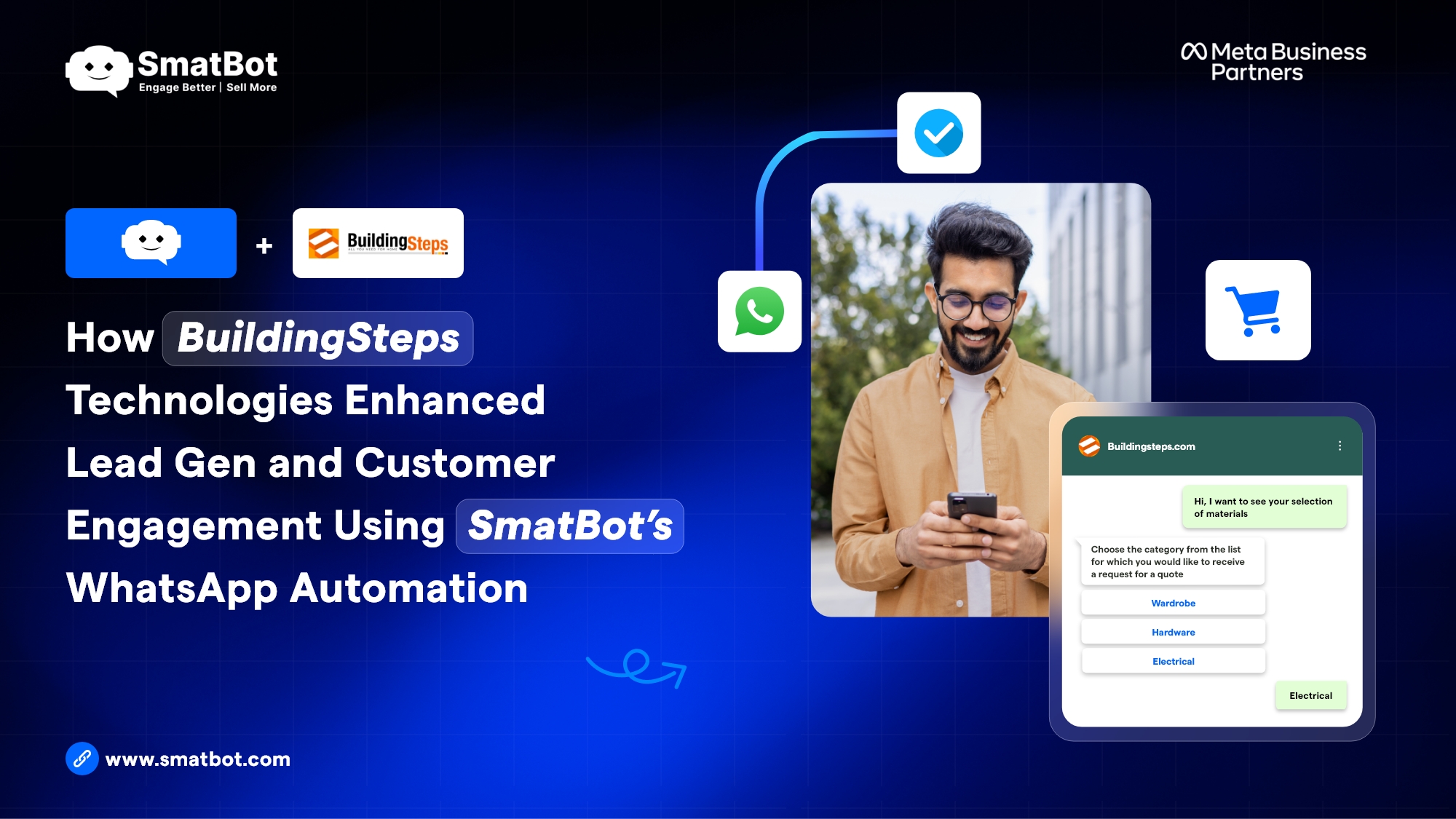
1 Comment
[…] the use of intelligent chatbots, NLP enhances customer interactions by offering real-time support, answering account-related […]